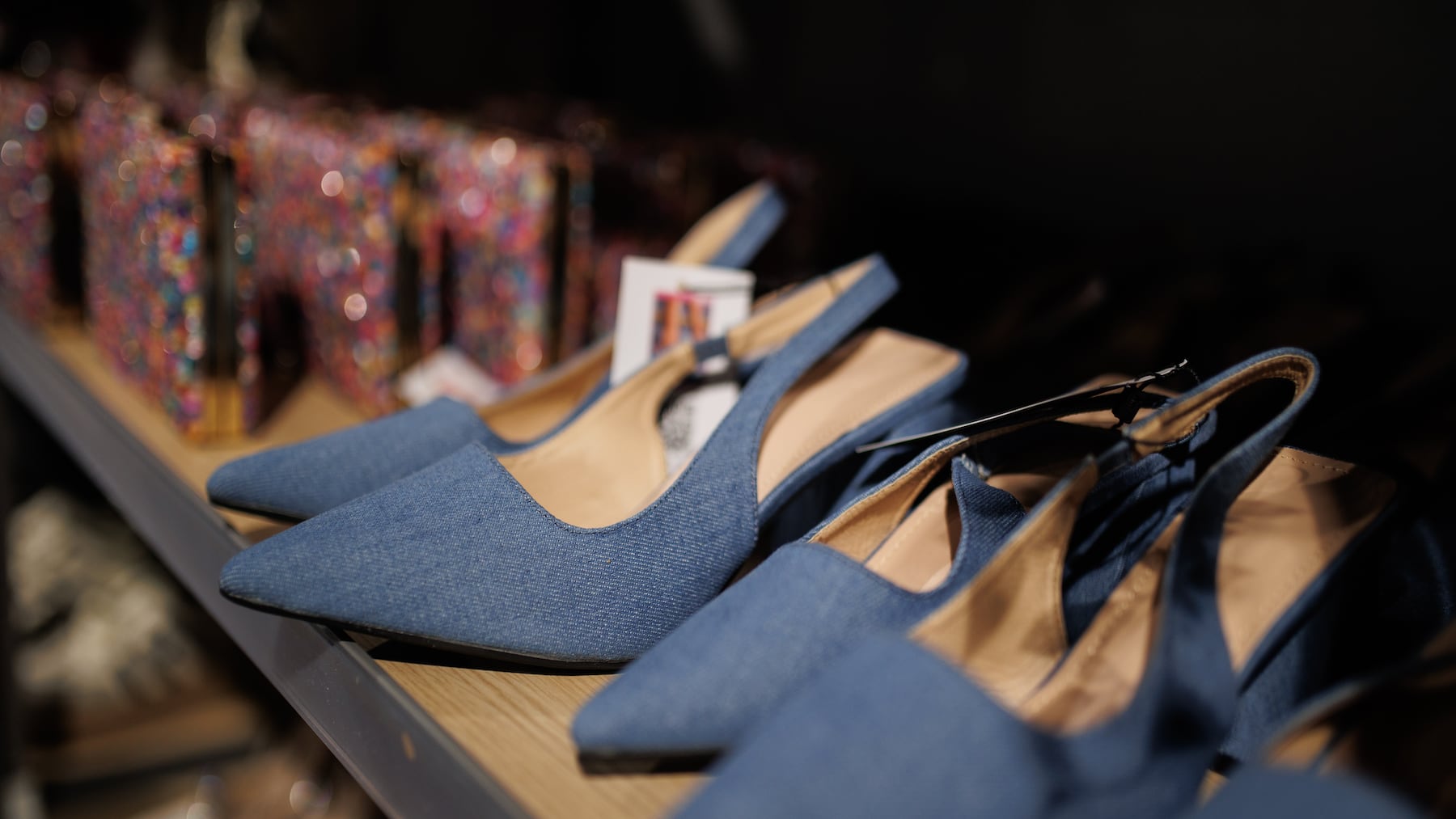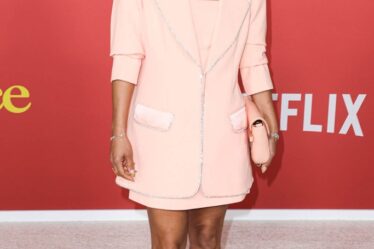
“There will never be another start-up fashion brand that will reach $1 billion in revenue.” I wrote those words ten years ago in an op-ed entitled “The End of the Billion Dollar Brand.” Looking back, it was a pretty good prediction: witness the financial graveyard of over-capitalised, venture-backed brands, from Allbirds to Outdoor Voices to NastyGal.
These brands wasted money trying to acquire customers that simply weren’t there; wasted cash building up wasted inventory that customers didn’t want; wasted opportunity not selling what they did want; and wasted the cost of people they didn’t need, who wasted time on things they couldn’t do. And they’re no outliers — they were just bigger, faster and louder. For every NastyGal, hundreds of lesser-publicised brands went under because of waste.
Of course, Shein was the one (very big) exception. The Chinese juggernaut generates a reported $45 billion in revenue and $2 billion in profit annually. Shein is faster, shorter, wider, more optimised and more technologically-advanced than anyone else in the market. It’s the ultimate rational economic animal with a business model based on hyper-efficiency.
My new prediction: in 10 years, there will never be another brand that wastes anything: inventory, marketing, time, money, people, resources or anything else. There can’t be: the waste in the global fashion industry has brought it to the brink of economic collapse. The industry spends a lot of time talking about waste in its environmental form (a worthy topic, if often hijacked by meaningless pledges and hollow actions). But from my vantage point, the existential crisis for fashion is waste in its economic form.
The True Cost of Waste
Inventory is at the core of fashion industry waste because it consumes so much money and resource. Making products months in advance and storing them for some uncertain future sale makes no sense: 20 to 30 percent of garments produced will be unsold or returned. Far more are heavily discounted when retailers push panic buttons. Inventory impacts everything: not only wasted products but also wasted cash, people, materials, energy, water, dyes, storage, transportation and more.
More accurate sales planning is not an art; it’s a science. The Shein recipe is simple: watch what consumers want and then copy it, place lots of small orders with short delivery schedules, and automate the hell out of everything other than cheap manufacturing labour. No wasted inventory. The company’s ambitions are limitless: it will open its platform to external customers and try to expand to every market.
There is only one way forward for the rest of the fashion industry: eliminate inventory and all of its waste by making everything on-demand at scale. “Unwasting” inventory, meaning restructuring every part of the industry’s value chain to eliminate the need for it, will open up a future of abundant opportunities and usher in a new era of creativity.
Despite its focus on hyper-efficiency, Shein is actually quite wasteful. Consider the waste associated with disposable clothing, air and water pollution, the theft of intellectual property, people toiling in abhorrent labour conditions. Shein is indifferent to the true costs of these forms of waste because it can depend on societal and governmental indifference.
The only way forward is to make this kind of waste transparent, accountable and costly. And indeed, a tsunami of new regulation is on the way and it’s Shein’s Achilles heel: adding $5 or $10 to each garment or increasing shipping costs will change Shein’s business model considerably. It will happen (see France’s new fast fashion tax) little by little and then all at once. Shein’s model is based on cheap, and a $10 tax on a $10 dress will change everything.
The Unwasteful Brand
The unwasteful brand has one focus: maximise value. This might sound bad, but doing good and doing well are not antithetical; they are mutually dependent if we want to survive as an industry and a species. Waste is the perfect example: eliminating it saves the planet and creates an economically successful industry where creation and innovation reign.
Imagine how no inventory unlocks creativity: for a creator, the cost of being wrong is zero! No minimums, no cash commitments. Instantaneous reactions to the world around us. Copying no longer matters because creators can evolve faster than copiers can copy.
There is no alternative to unwasting. As with any systemic (and seismic change), there will be resistance. But the companies that embrace this change will create a much different-looking industry than exists today in terms of creativity, opportunity, impact and profitability.
The unwasteful brand demands a real-time, on-demand global supply chain. This is complex and daunting. But, for the first time in history, the tools to manage this complexity exist in the form of artificial intelligence. Imagine beautiful clothing, transparently and accountably manufactured at scale, only after the customer purchase, and delivered in a couple of days.
A sci-fi future? I think not. While we still may not see another billion dollar brand, a profitable, healthy, multi-trillion dollar industry with minimal economic and environmental waste is within our reach.
Lawrence Lenihan is a former venture capitalist and the chairman and co-founder Resonance.
The views expressed in Op-Ed pieces are those of the author and do not necessarily reflect the views of The Business of Fashion.
How to submit an Op-Ed: The Business of Fashion accepts opinion articles on a wide range of topics. The suggested length is 700-1000 words, but submissions of any length within reason will be considered. All submissions must be original and exclusive to BoF. Submissions may be sent to opinion@businessoffashion.com. Please include ‘Op-Ed’ in the subject line and be sure to substantiate all assertions. Given the volume of submissions we receive, we regret that we are unable to respond in the event that an article is not selected for publication.
Disclosure: Lawrence Lenihan is part of a group of investors who, together, hold a minority interest in The Business of Fashion.



